Walking at the Station (6): On the Floating Island, a glimpse of the vitality of literature and art under the iron sheet

When I was a graduate student, I often took the train from Taipei to the school in Zhongli. Once, after the local train set off at Banqiao Station, within three minutes, the speed of the train slowed down again. In my impression, the forest station is not so soon, right?
The door opened, and a brand new station was in front of me, which was officially opened in September 2011 - Fuzhou Station
"What are you doing to build this little station that doesn't shit?!" At that time, I was in a hurry, and seeing a new station didn't feel new at all, only disgust.
Every time I took the train after that, as soon as the train left Banqiao Station, I rolled my eyes involuntarily. Besides, the track here is almost three stories high. When the train passes through Fuzhou Station, you will see a whole piece of roof of the iron sheet house factory.
Getting to Fuzhou Station this time means that I have to face this disgust, get off the platform from the station, enter Fuzhou, and travel between these iron sheet factories.
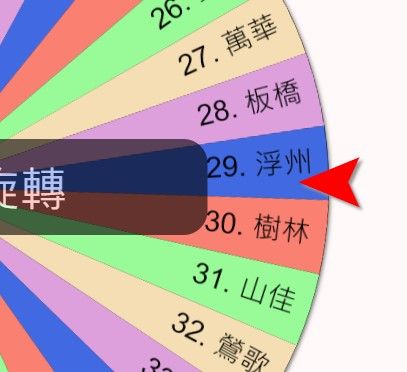
However, when I started planning the itinerary, I found that Fuzhou is not only a tin factory, but also contains rich humanistic energy, and it is still booming, which should not be underestimated.

This day is the second day of the 228 consecutive holiday. Various scenic spots and major traffic roads are crowded with people and traffic jams. However, when my wife and I walked out of Fuzhou Station to the National Taiwan University of the Arts, apart from the residents who went out to dry quilts, buy goods, and eat breakfast, we were probably the only two tourists who made a special trip to Fuzhou as their destination. ; This sixth "station walk" is also the first warm weather when the sun shows its face. So, we walked leisurely and comfortably towards Taiwan Arts University.
It takes about ten minutes to walk to the gate of Taiyi Arts. Due to the epidemic, the campus is not open to the public, and we have no chance to visit the "Youzhang Art Museum" on campus. But it doesn't matter, there is an art settlement on the north side of the campus, which is an open space and worth a visit.
" Taiwan Arts University Art Settlement " was a teacher's family house in the early years. It has a history of nearly half a century. Since most of the teachers and their family members moved out, it has become a vacant space. In 2016, the school completely renovated and renovated this old family residence, and it was re-launched with a modern and design-like look.
Before entering the settlement, our eyes were attracted by this building (maze?) with only concrete walls and pointed iron fences, but no roof. I, who lack artistic cells, can't see what this artwork is trying to express (the helplessness of the family members?) I just find it weird and interesting, and I can't help watching it carefully.
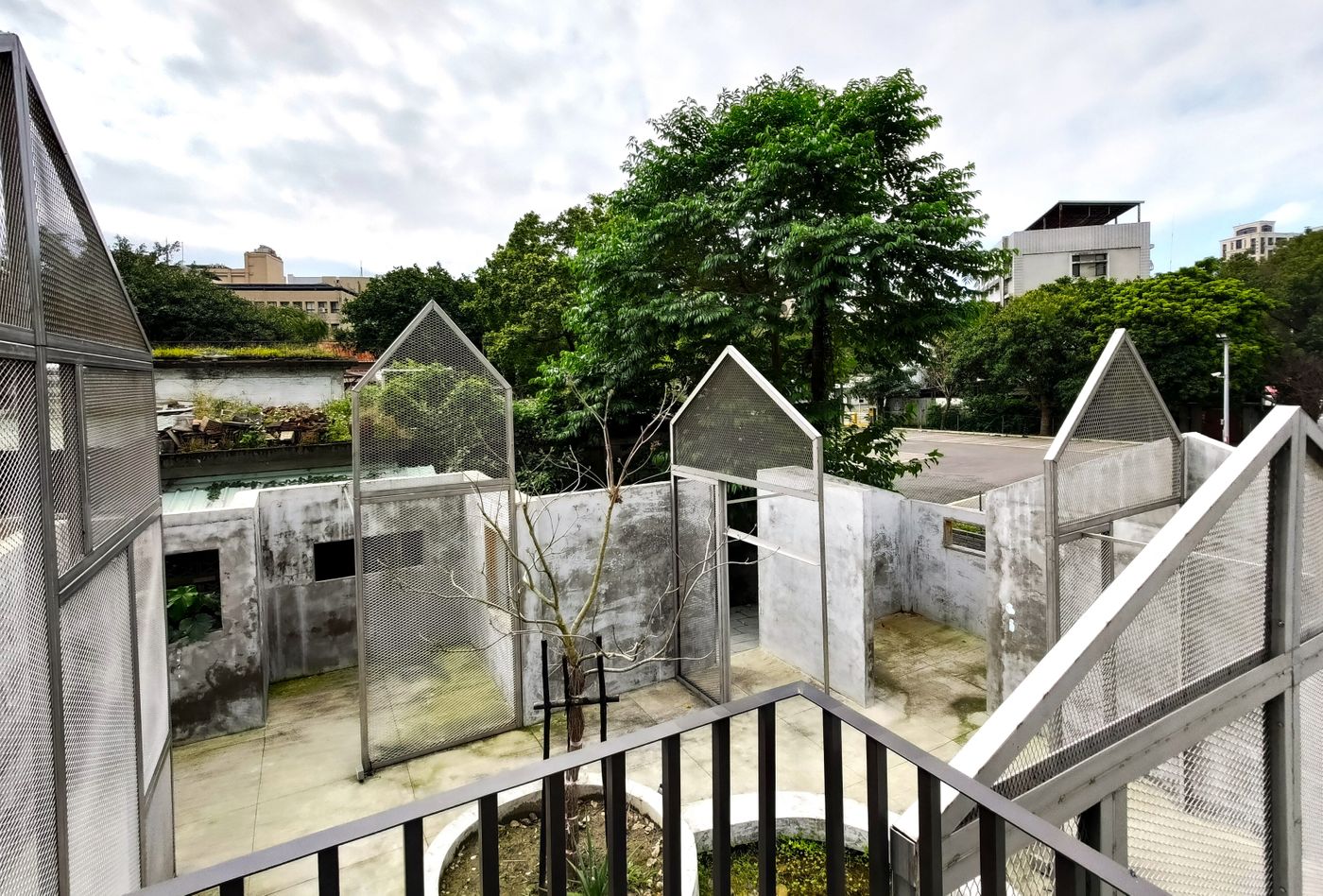
Although the Taiyi Art Village has been restored and completed for six years, it does not seem to have any intention of developing it into a tourist attraction. Even if it is a continuous holiday, there are almost no tourists. Walking into the settlement is like stepping into a barrier that is isolated from the hustle and bustle. There is no fake noise, only the daily silence.
Yes, because some residents of the settlement still live here, there is an ingenious harmony between everyday life and art here, which reminds me of the Treasure Rock in Taipei. For example: when a young man dressed in an eye-catching literary style is walking towards you, a man wearing a hanging ga and white shorts may happen to walk out of the door of the family’s house (it sounds like shorts, but it’s actually boxer panties). ), holding a water scoop to water the plants at the door.
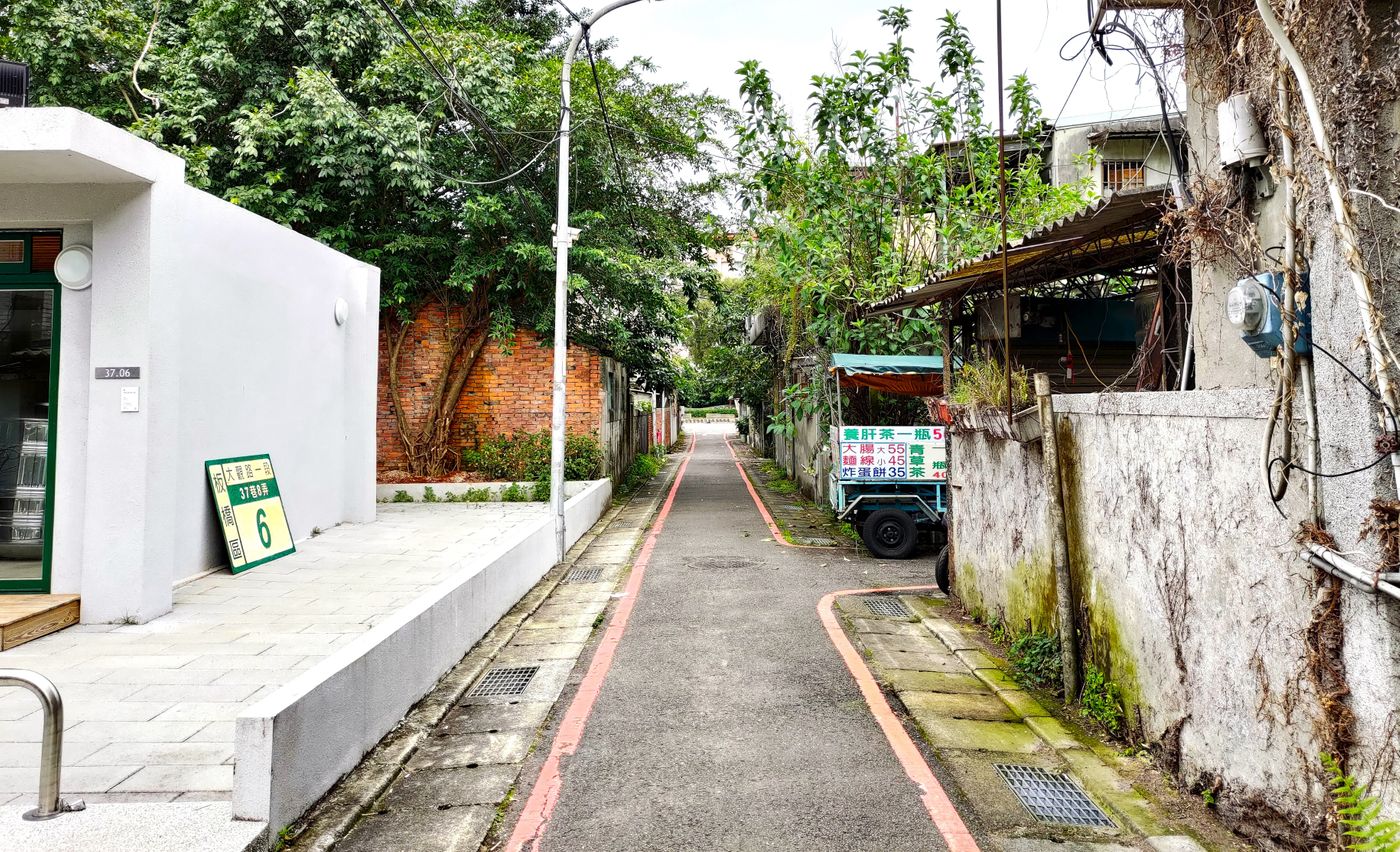


Here, it is not uncommon to meet a beautiful girl with long hair and a shawl, sitting under a tree and reading a book. It was the first time I came here. Seeing a young woman with an old-school soul in front of a renovated old mansion - it doesn't get any better than this!
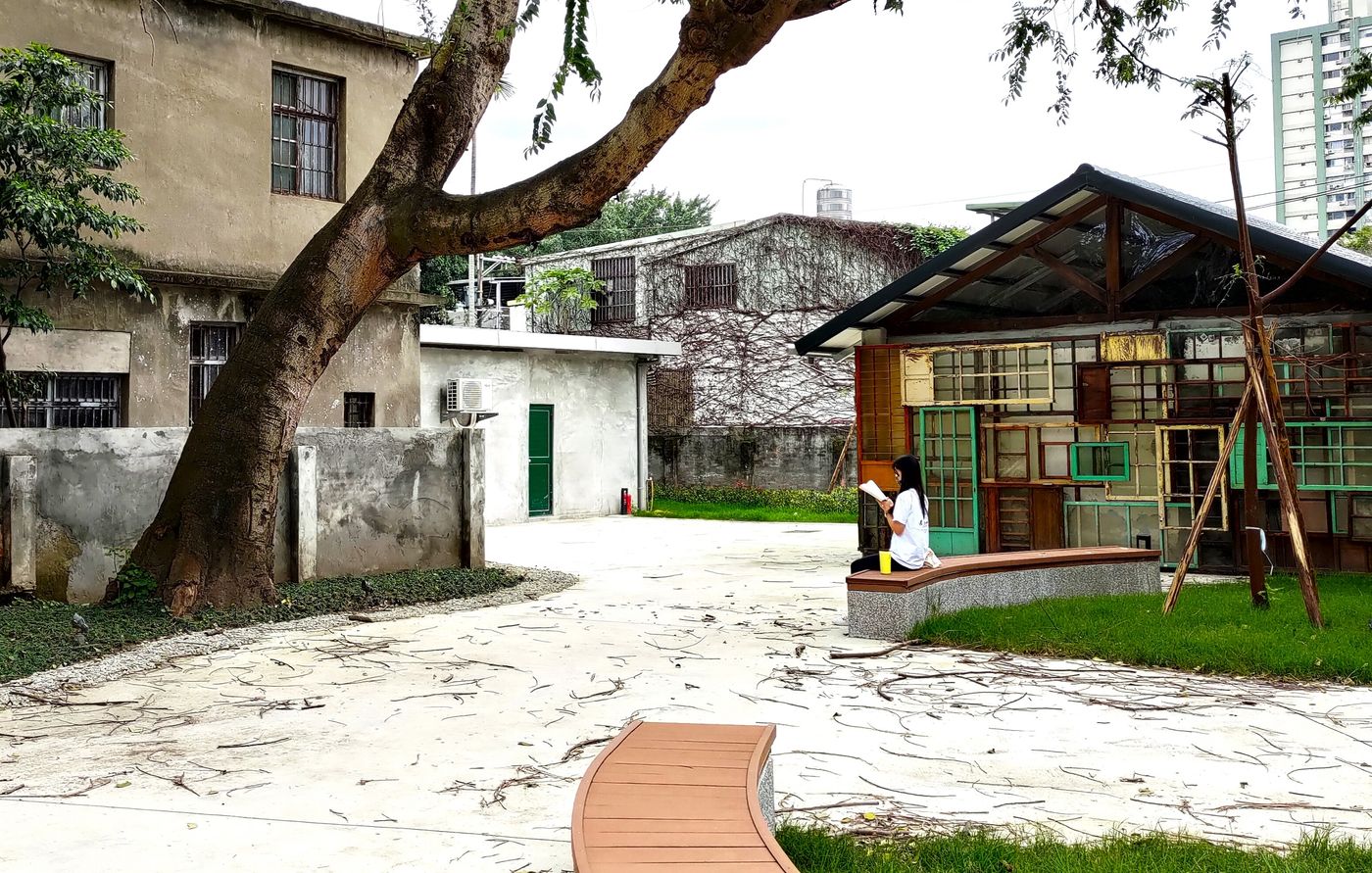
With the expansion of the walking range, we gradually moved away from the settlement, and walked south along Lane 29, Section 2, Daguan Road, and occasionally drilled into the small alley. So far, the artistic atmosphere has been completely replaced by the old-fashioned atmosphere. Most of the two sides are old low-rise bungalows, but they are very old and have a lovely taste of common people.
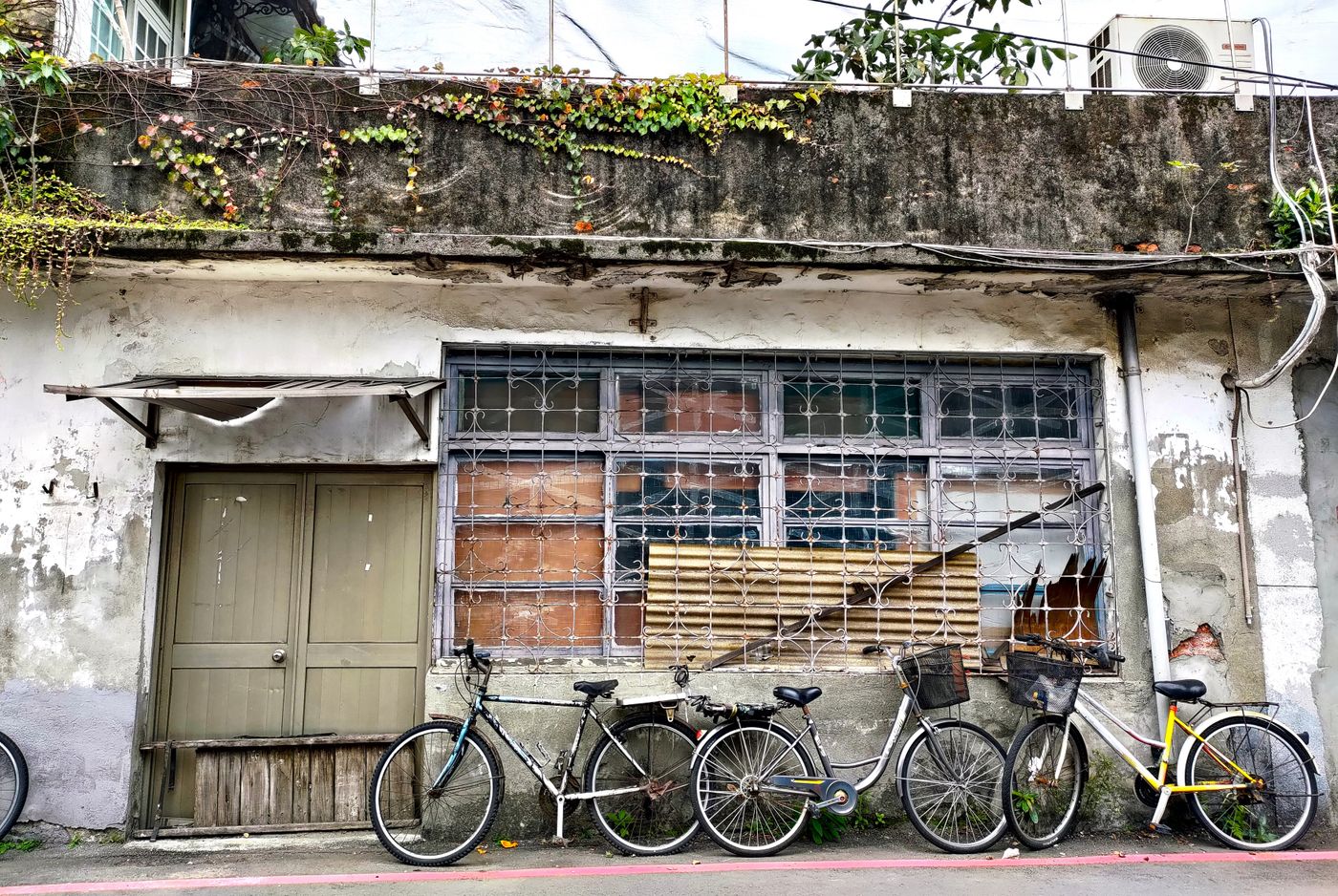
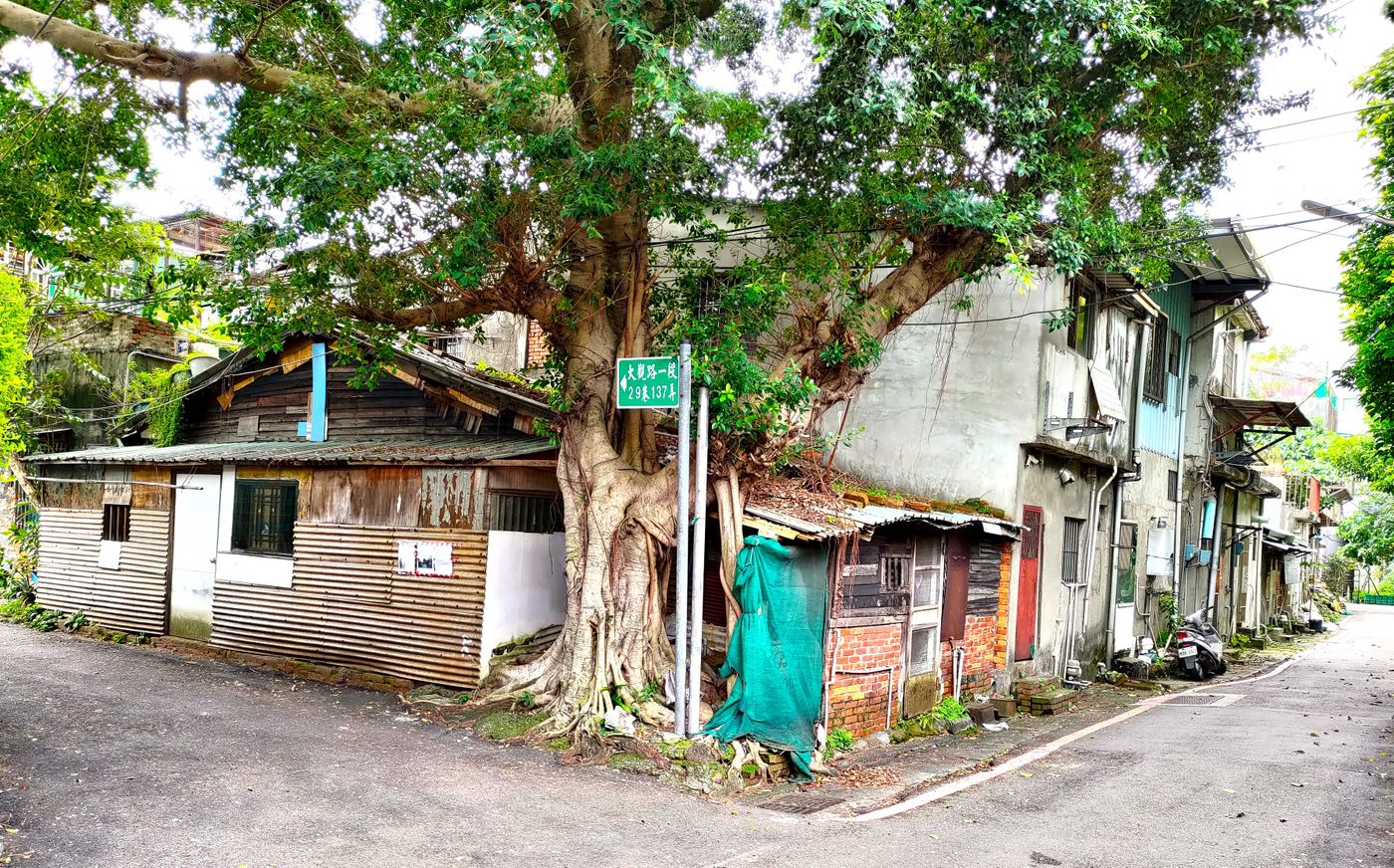
Lane 131 of Lane 29 goes all the way to Lane 179. In order to gain a commanding angle overlooking the settlements in this area, we turn left and climb up the " Nanzai Bridge ". Unfortunately, the view here is blocked by tall banyan trees, and there is not much to see except to peep at the scenery of the train through the iron net set up to prevent people from jumping off the track.
Just as I walked to the other end of the bridge and walked down the stairs, my eyes were caught by the bright graffiti on the gray-black cement wall under the bridge. The color contrast and personal style of several graffiti are very strong. Even if I don't know graffiti at all, I couldn't help but take a few more photos. Unexpectedly, under the stream of cars on the bridge, there is another little-known other world. If I hadn't made up my mind to climb the first bridge of Nanzai, maybe I would never have the chance to see it in my life.
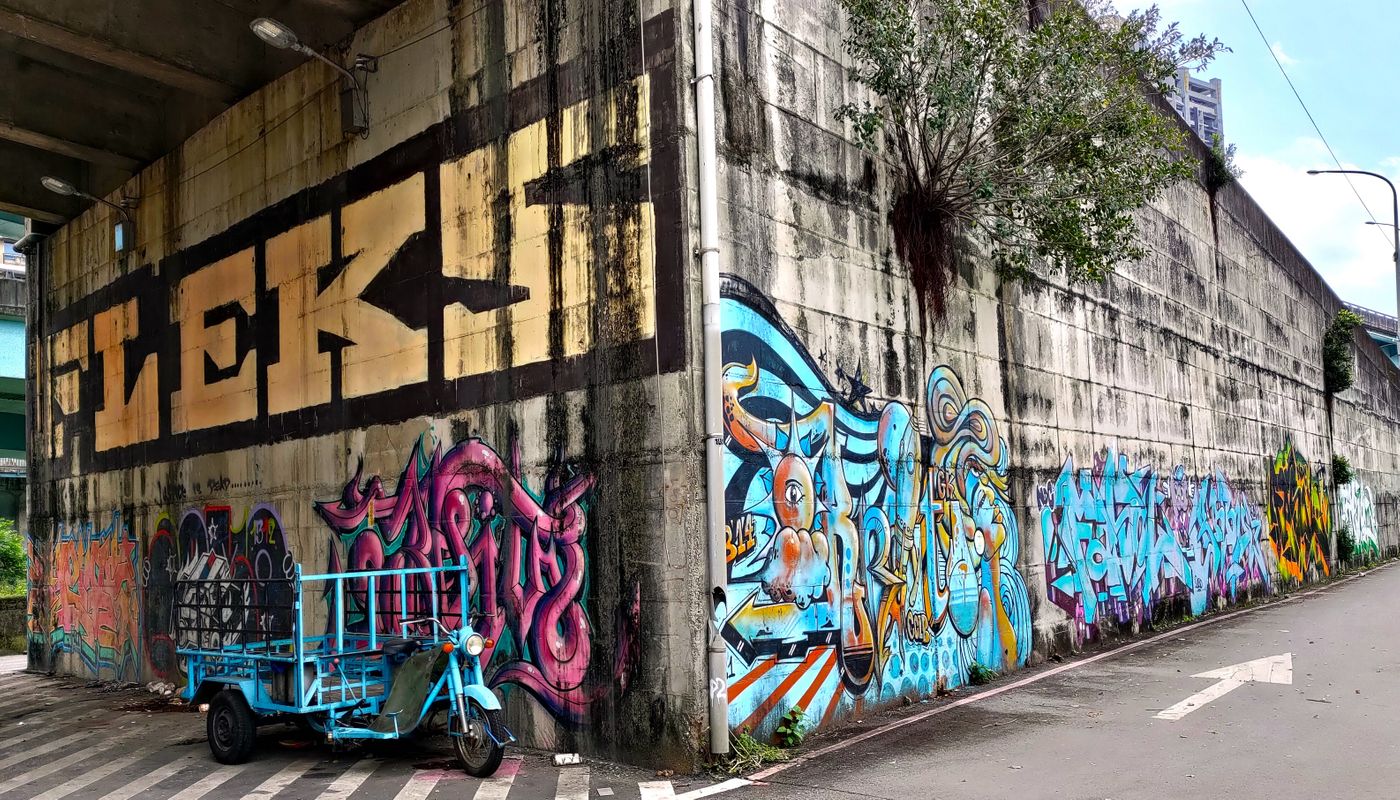


Leaving another world and returning to the world I am familiar with. We stood opposite the " Taiwan Arts University Cultural and Creative Park " on the second section of Daguan Road, and saw the gate of the park closed from a distance, but we still didn't give up, crossed the road to confirm - it really didn't open...
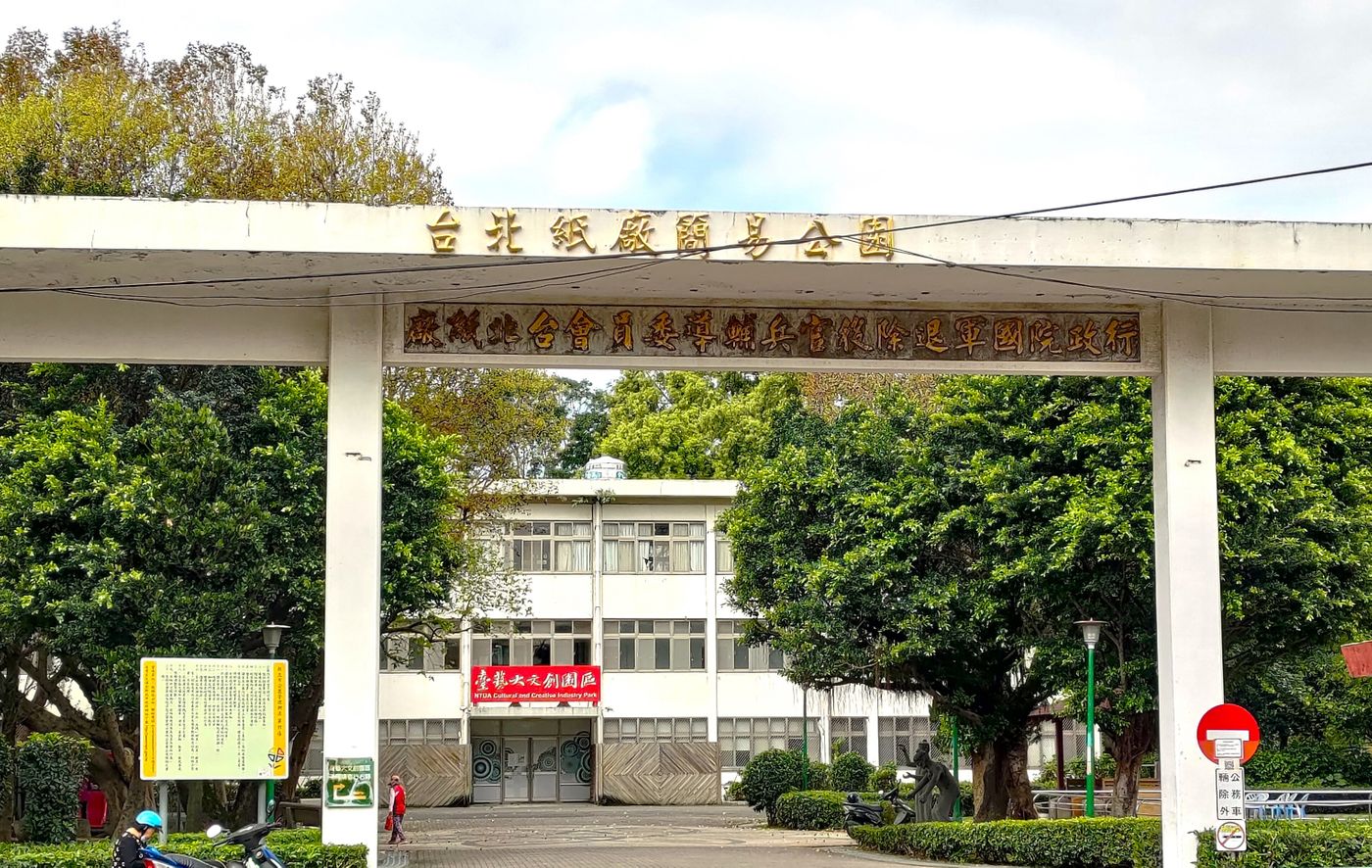
The park is located in the Taipei Paper Farm Simple Park. The park was formerly known as the " Taipei Paper Factory of the Executive Yuan National Military Retired Officers and Soldiers Guidance Committee ". It is conceivable that there should be many military dependents' villages where veterans lived in the vicinity in the early years.
Walk down for about 300 meters, and on the left is the " Fuzhou People-friendly Park ". It used to be the location of three military dependents' villages, including Lixing New Village, Ciren No. 1 Village, and Women's Federation No. 2 Village. In one corner of the park, there is still a military house building, one side of the wall retains its original appearance, and the other side is decorated with colorful colors, as if standing in the ruins of the military village to appeal to the history tombstone.
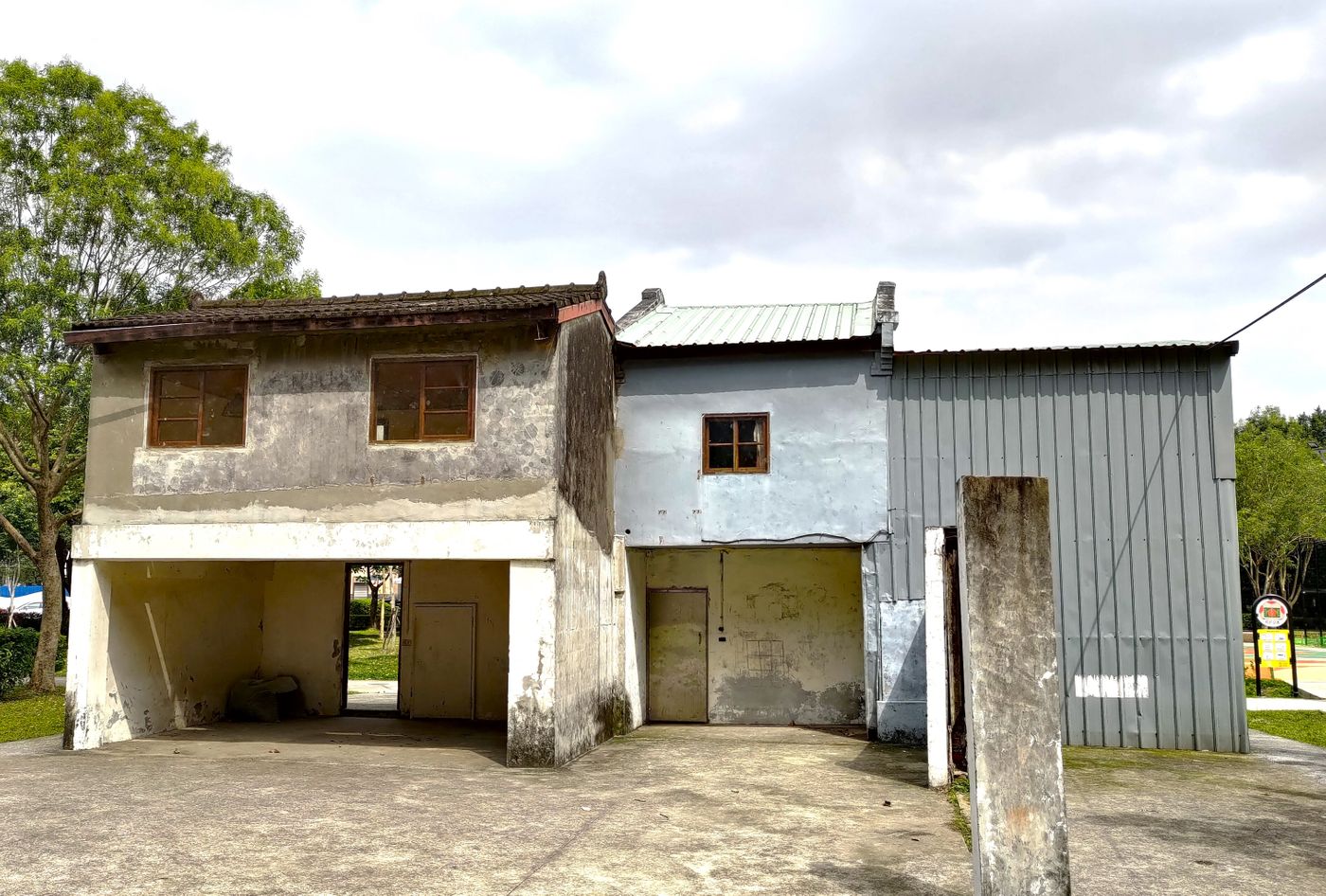
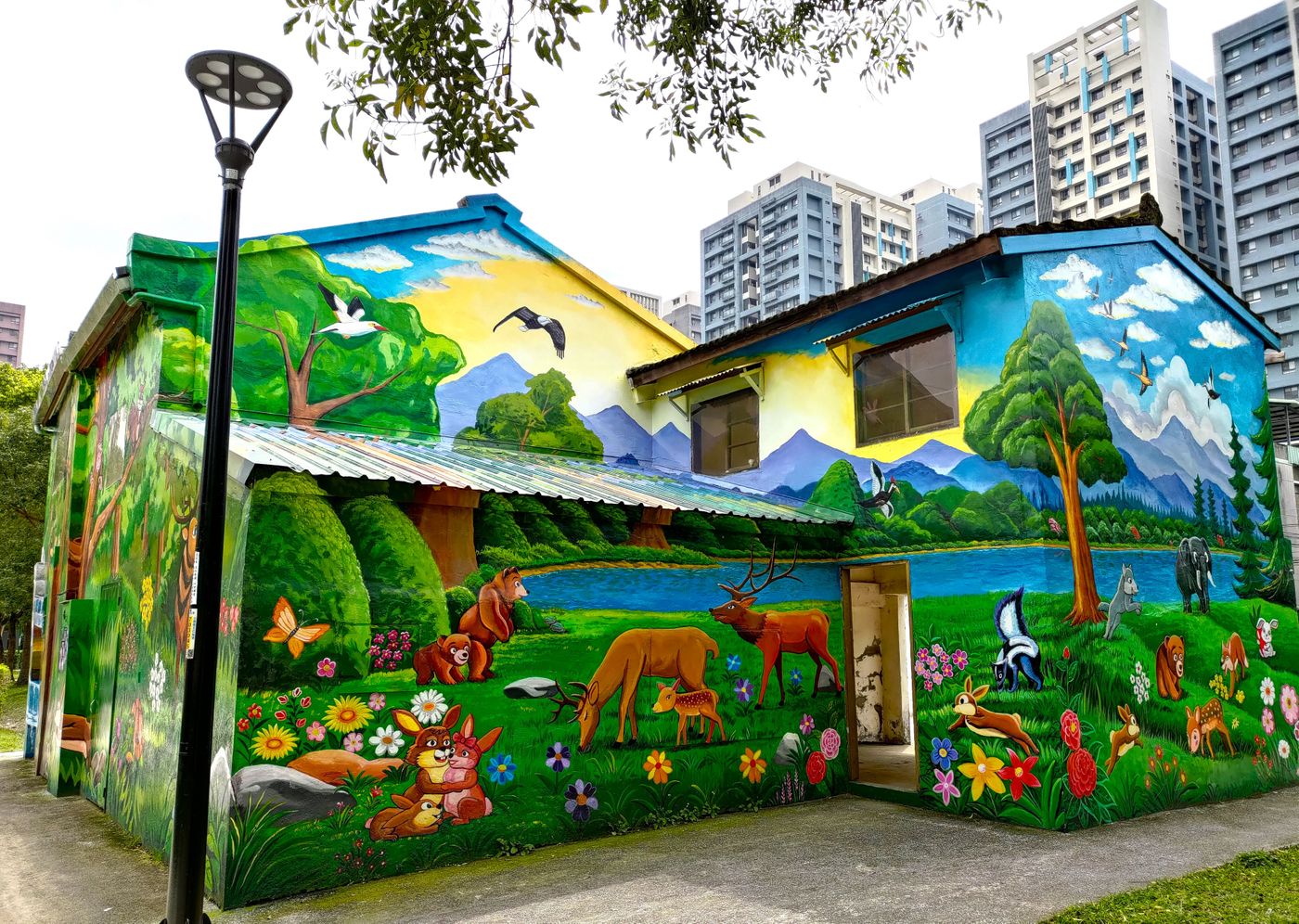
After visiting Fuzhou Jinmin Park, it was past noon. We simply ate lunch and rested before heading towards the " Fuzhou Art Riverside Park " next to Dahan River. We wanted to take advantage of the rare sunny weather to let the sun shine on us. A moldy body. Riverside Park, seen by driving on the expressway for the past few years, now finally has the opportunity to get down and walk. In order to seize this once-in-a-lifetime opportunity, the two of us rented a joint car and rode all the way south.
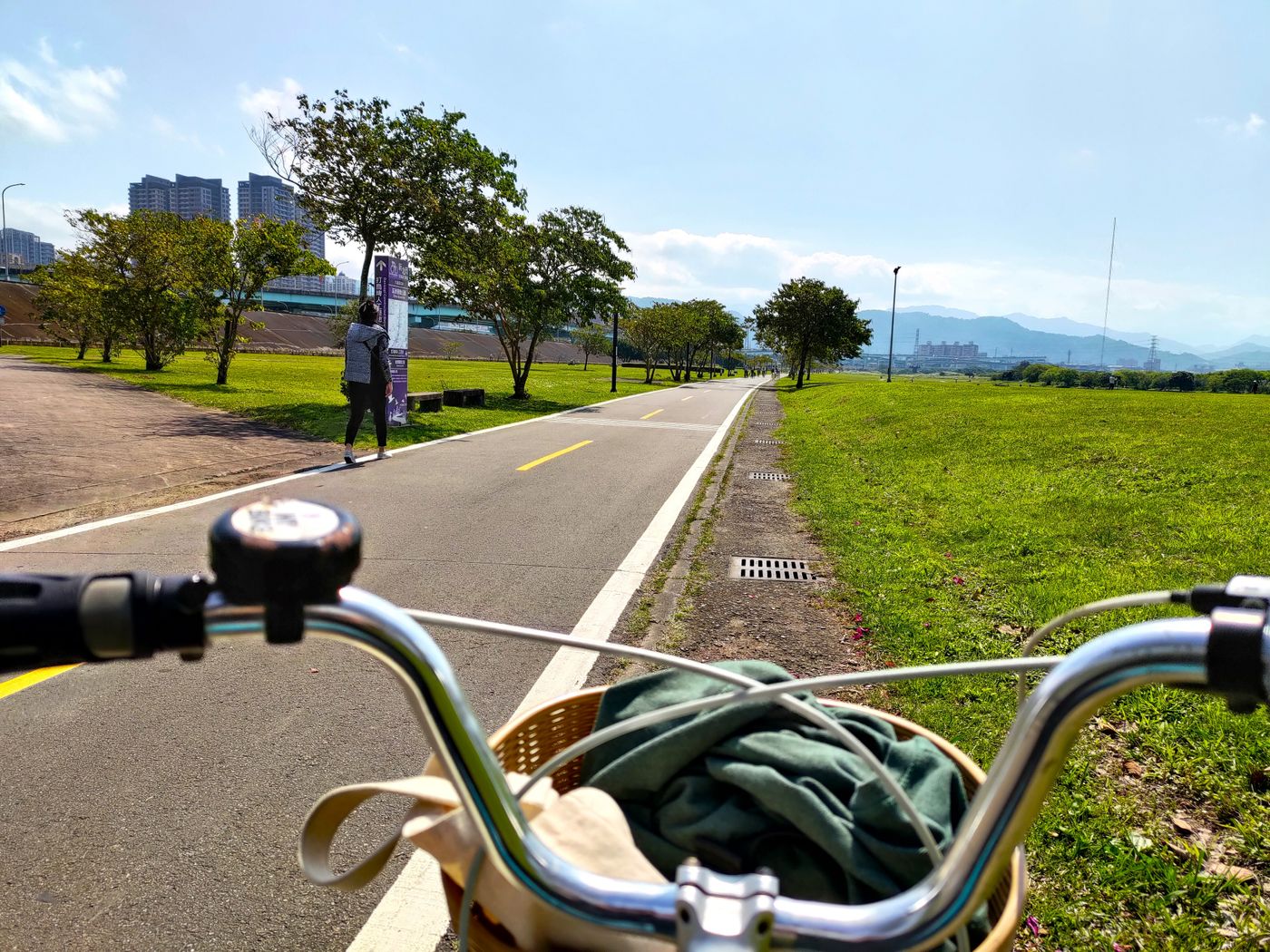
It was probably too long for our body to relax. The more we rode, the more addicted we became. We rode 12 kilometers from Fuzhou to Yingge in one breath. When we arrived at Yingge, we finally felt tired, and it was estimated that we could not get back to Fuzhou by this cooperating car that was not running very smoothly, so we returned the car and took the train from Yingge Station back to Fuzhou Station.
When the train was about to arrive at Fuzhou Station, I looked out the window and saw the roofs of the iron sheet factories lined up again. However, I already know:
Beneath this sheet of iron, there is a young literary vitality, ready to break out of the cocoon!
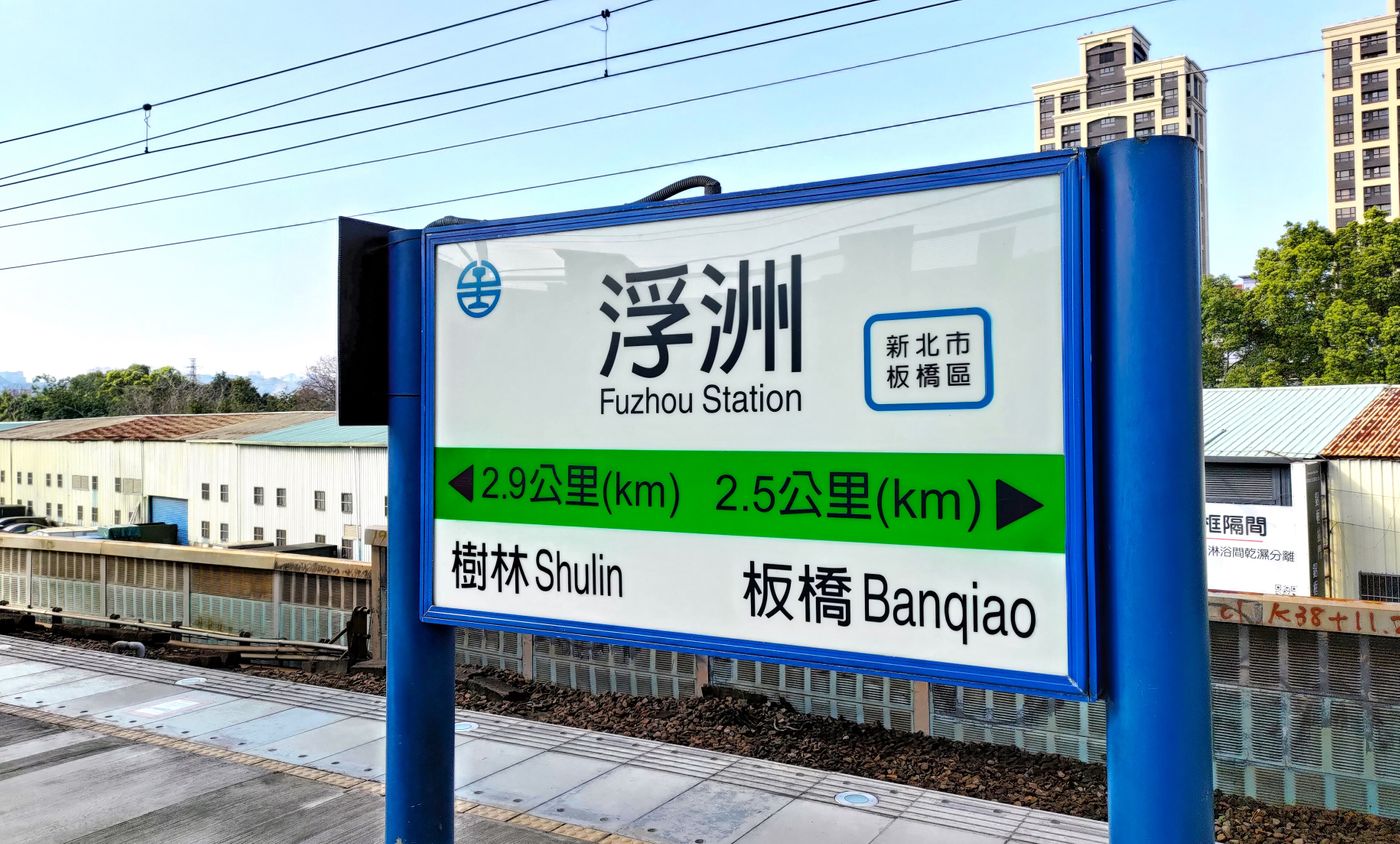
Like my work? Don't forget to support and clap, let me know that you are with me on the road of creation. Keep this enthusiasm together!

- Author
- More